Oldsmobile Toronado
When the Oldsmobile Toronado was released in 1966, it represented a dramatic push toward new and innovative ideas for one of America’s oldest brands. By the 1990s, the Toronado was still kicking, but its ethos had shifted so enormously that it came to represent a failing brand whose heyday lay firmly in the past. With that being said, the Oldsmobile Toronado was ahead of the curve in predicting the direction of the consumer car market when it was first unveiled. Its front-wheel drive layout and uniquely packaged powertrain were one of the first of its kind, many years before FWD consumer cars would dominate.
“Muscle car” might be the wrong label for the Oldsmobile Toronado. However, there isn’t another class that defines it any better. After all, there was a big cube Rocket V8 under the hood from 1966 to 1979. The front-wheel drivetrain was impressive too, earning above-average marks for reliability and performance. As a result, the Toronado could unquestionably keep up with the big boys in the quarter mile.
The glory quickly died out though. Much like Oldsmobile themselves, the Toronado struggled with a terminal identity crisis for most of its production run. Oldsmobile tried to bridge the gap between the luxury, performance, and economy segments without doing any of them well. Over four generations, the Oldsmobile Toronado would steadily lose its character and charm, ultimately dying as a 2-door V6-powered econobox.
(1966-1970) Oldsmobile Toronado
In 1966, Oldsmobile debuted the Toronado as the largest front-wheel drive car ever and the first American full-size front-wheel drive car since the 1930s Cord. The Toronado weighed in at 4,366 pounds and had a 119-inch wheelbase, making it far from a sports car. However, its standard 425 cid V8 engine, rated at 385 bhp, and aggressive styling made it a force to be reckoned with on the streets.
The “Unitized Power Package” drive system was implemented using a split transmission. The Oldsmobile Rocket V8 engine’s torque converter is located behind it and the gearbox is positioned under the left cylinder bank. In addition to the more compact form factor, this configuration allowed for a favorable weight distribution. It ended up being 54% front and 46% rear, despite the heavy engine being situated over the front wheels. GM design chief William L. Mitchell executed the Toronado’s exquisite styling, which included jutting surf-board-like front fenders, concealed headlamps, aggressively flared wheel arches, and a cropped tail trailing a smooth fastback roofline. These design features, combined with the Toronado’s performance, earned it the Motor Trend Car of the Year Award.
Only small design tweaks followed in the following year. It wasn’t until 1968 that an additional 455 CID Oldsmobile V8 was offered as an option. Between 1967 and 1970, the Toronado received annual facelifts. Major visual changes included revised quarter panels, the removal of hidden rear taillights, and squared rear wheel arches. Oldsmobile gradually changed the Toronado’s focus from a sports-oriented car to a luxury one. The suspension softened over the years as a result.
First Gen Oldsmobile Toronado Specs
In the first few years of the Oldsmobile Toronado, the car was sportier than it was luxurious. It was initially praised as a well-handling car, at normal driving speeds. That was in comparison to many of the other RWD competitors on the road at the time. That can be attributed to the fact that there was additional weight over the front wheels. This allowed them to dig into the pavement on turn-in. Oldsmobile also used front torsion bars with double-wishbone front suspension which was better than average at the time. The rear used leaf springs attached directly to the subframe.
Initially, the only engine option available for the Oldsmobile Toronado was the 425 Oldsmobile Super Rocket V8. The Rocket had essentially retained its overall design since 1949. With that benign said, it was still a hefty powerhouse, producing 385 horsepower and 475 lb-ft of torque. An additional 455 Rocket V8 was made optional for the 1968 model year. The new engine produced between 375 and 400 horsepower depending on trim. Both engines were paired with a split Turbo-Hydramatic 3-Speed automatic transmission.
Brakes were the early Toronado’s ultimate Achilles heel. After all, drum brakes came standard and the car weighed in at over 4,500 pounds. As a result, the Toronado’s brakes would begin to fade to an extreme degree when pushed to their limits. Oldsmobile added disk brakes to the list of optional extras in 1967.
(1971-1978) Oldsmobile Toronado
By the time the early 1970s hit, Oldsmobile had finally decided to roll with the luxury angle for the Toronado. That was an unforeseen blessing, as the muscle car segment would nearly completely die following the 1973 oil crisis and increasingly strict emissions regulations from the U.S. federal government. As a result of the renewed focus on providing a luxury experience, the Toronado got longer, wider, and heavier. The second-gen Oldsmobile Toronado had a 3-inch longer wheelbase than the previous generation and was built using body-on-frame construction.
In addition to the additional size, second-generation Oldsmobile Toronados featured quite a few new technological/safety-related features and options that kept the model on brand for its forward-thinking nature. The look of the Toronado changed dramatically from the first generation. It left behind many of the elegant forms in favor of a boxy look. Earlier models didn’t have an obvious front grille and instead had air inlets under the front bumper. The Toronado was one of the first cars to utilize trunk and rear windshield-mounted brake lights. These would become federally mandated a few years later.
Safety was a big priority for Oldsmobile with the second-generation Toronado. In line with its trailblazing reputation, the Toronado is one of the first American cars to feature side curtain airbags and a knee blocker to prevent injury during a crash. Despite the additional safety features, the interior of the 1971-1978 Toronado was a good place to be. Velour, cloth, and vinyl were the optional trim materials and the car featured an 8-track player and a wraparound “Command Center” dashboard. Power steering and antilock disc brakes became standard options for the second generation as well.
Second-Generation Oldsmobile Toronado Specs
As far as performance is concerned, the 1971-1978 Oldsmobile Toronado lost a bit of its former glory due to the extra size, weight, and emission requirements. Initially, the 455 Oldsmobile Rocket V8 carried over from the first-generation Toronado which took a power hit due to a lower 8.5:1 compression ratio. Between 1971 and 1976, the 455 V8’s output nosedived from 350 horsepower to just 215 horsepower. While a switch to net horsepower ratings accounted for a significant part of the power loss. Catalytic converters and other emission regulation devices further suppressed the engine.
By the late 1970s, there was an exodus of large, high-cube V8-powered luxury cars available for purchase due to even further emissions regulations by the government. By 1977, most American manufacturers downsized nearly every model they offered and did away with big-block, gas-guzzling V8s. Oldsmobile did the same with the Toronado, at least from an engine standpoint. The 455 Rocket V8 was replaced with a smaller 403 cu in V8. It only produced 185 horsepower and 325 lb-ft of torque.
(1979-1989) Oldsmobile Toronado
By the time the third-generation Oldsmobile Toronado was released in 1979, compact cars were beginning to become the dominant force in the U.S. car market. The muscle car glory days were far in the past. Oldsmobile, along with nearly every other car manufacturer in the United States, had to conform to the new emissions regulations and power limitations. Unfortunately, the Oldsmobile Toronado was caught in the crossfire as well.
The third-generation Toronado was downsized substantially, losing 16 inches of length and nearly 1,000 pounds. If the second generation lost a lot of pizzaz from its initial form, the third gen was essentially void of all of its original character. Instead, its styling fell more in line with other Buick and Oldsmobile coupe models like the Riviera and Eldorado. Its overall design is boxy, with a notchback rear window. The 1979-1989 Toronado came with different visual trims. The main difference was either a slim C-pillar or a fixed opera window pillar like on the Toronado Caliente.
There weren’t many mechanical or technological improvements made to the 1979 Toronado, barring a few suspension changes. For one, independent rear suspension was finally adopted and incorporated. This allowed for more usable trunk room and storage space. It also improved the Toronado’s handling characteristics marginally. Ultimately, there isn’t anything truly notable about the second-to-last generation of the Oldsmobile Toronado. It was mostly a car that signified the death of many loved and cherished cars from the decades prior.
Third-Generation Oldsmobile Toronado Specs
As far as engine options for the 1979-1989 Toronado are concerned, none of the older V8s carried through the generational change. Instead, the base engine was a smaller 350 CID Oldsmobile V8. The 350 only produced 170 horsepower and 270 lb-ft of torque. However, due to the fact that the third-gen Oldsmobile Toronado lost a significant amount of weight, the smaller power figure didn’t make a huge difference in terms of acceleration.
A 307 Oldsmobile V8 was also added to the lineup in 1980 which could only muster 140 horsepower, making it the mid-range engine option through until 1989. The only other V8 option for the Toronado was a 350 Oldsmobile diesel V8 which looked promising on paper but was a tremendous letdown in practice. It was plagued with issues from day one and became a massive embarrassment for Oldsmobile as customers complained in droves.
The final engine option for the 1979-1989 Toronado was a 252 CID Buick V6 borrowed from the Riviera. The engine was offered from 1981-1984 but was later discontinued due to poor sales. The V6 was deemed gutless by most people making it the least desirable engine option.
(1986-1992) Oldsmobile Toronado
By the time the late 1980s rolled around, the boxy, notch-top look that was popular in the earlier part of the decade began to fall out of style. As a result, the fourth-gen Toronado received a massive visual refresh which brought it solidly into the 90s. Downsizing and commercializing the Toronado was clearly Oldsmobile’s goal with the newer remodel, as it had lost almost all of its muscle car pedigree by that point. The 1986-1992 Toronado used unibody construction instead of body-on-frame construction as it had for the previous two generations.
While the Toronado was dramatically disconnected from the original vision of the car by 1986, it did still carry the forward-thinking approach that made the original Oldsmobile Toronado a success initially. That was especially apparent in the interior of the fourth-gen, which had a digital instrument panel, a futuristic “basket handle” shifter, and a voice alert system. Vinyl was dropped as an interior material in favor of either cloth or leather.
Ultimately, Oldsmobile’s decision to continue downsizing proved to be a wrong move. While fuel shortages and surging fuel prices were a significant issue for much of the 80s, the problem had essentially disappeared by 1990. As a result, many consumers chose to buy larger and more capable cars, leaving the Toronado behind. This was the final nail in the coffin for the Toronado which was discontinued in 1992.
Fourth-Generation Oldsmobile Toronado Specs
Continuing with the theme that the Toronado had lost all of its muscle car heritage by 1986, all of the V8 engine options were eliminated. That left only a 3.8L Buick V6 as the sole engine option for the Toronado for the rest of its production run. The measly V6 was only capable of 165 horsepower and 210 lb-ft of torque. By 1986, no one thought of the Toronado as a capable or sporty car but merely another average economy-focused coupe.

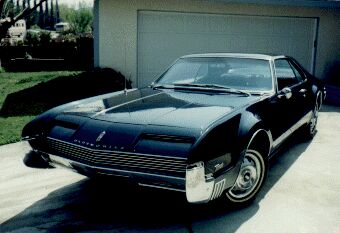
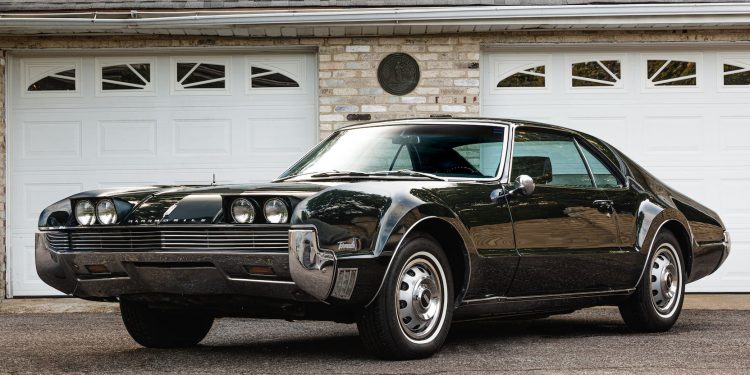
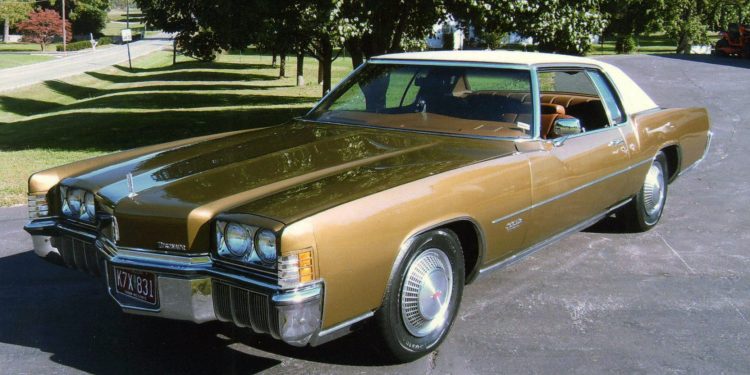
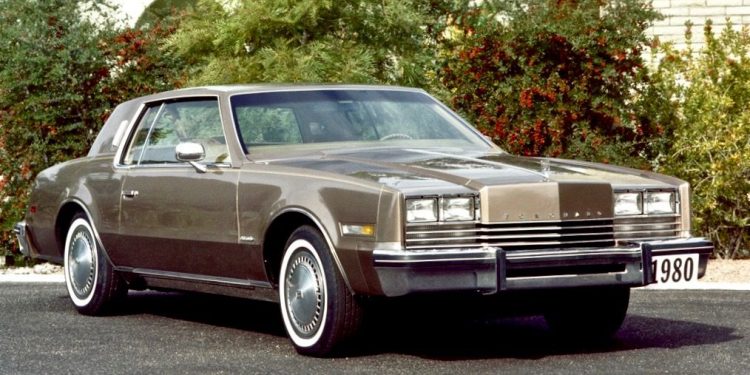
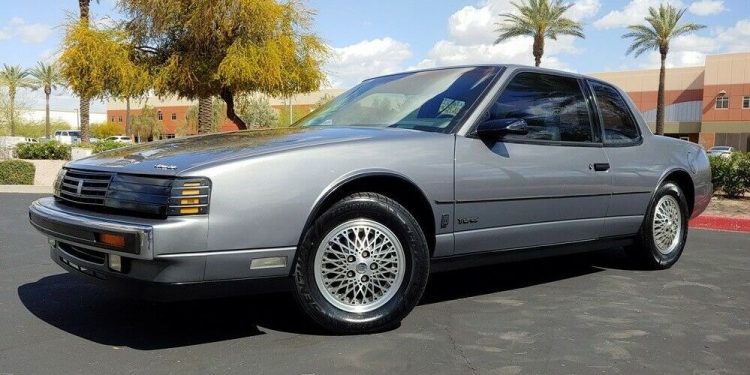

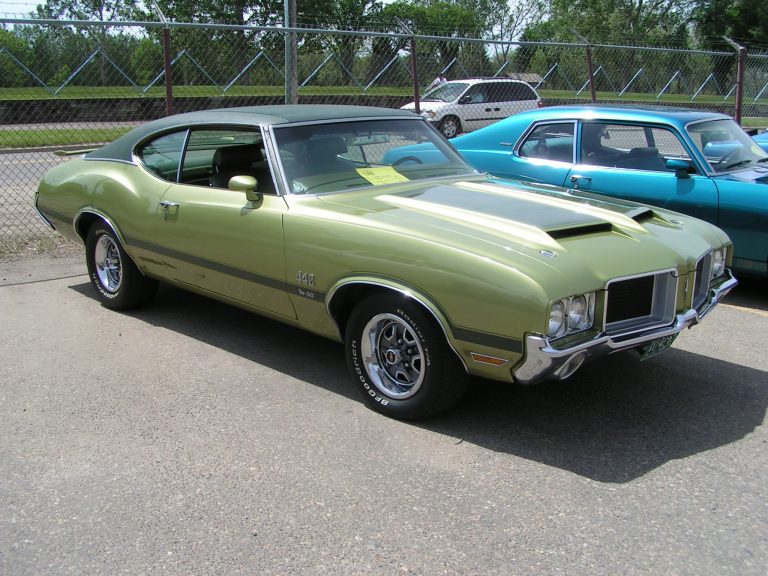

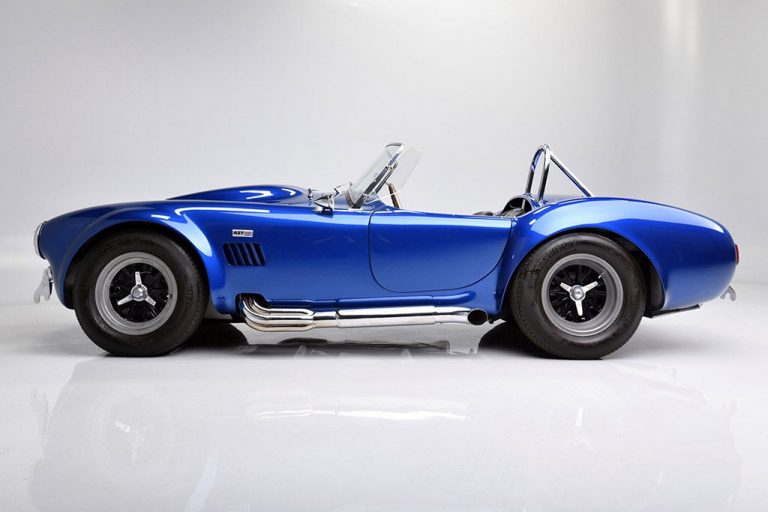

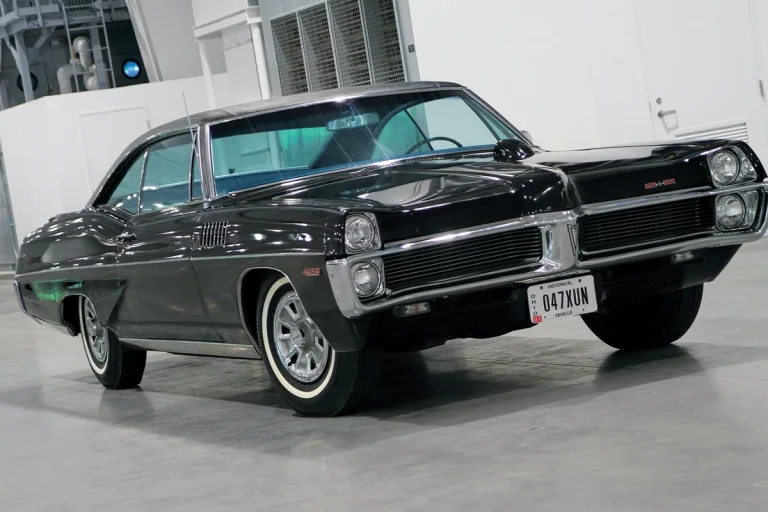
I HAVE THE DESIGN STORY OF THE 1966 TORONADO DESIGN.
DICK RUZZINM, GM DESIGN RETIRED.